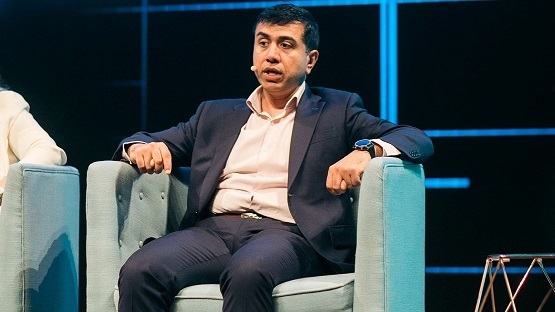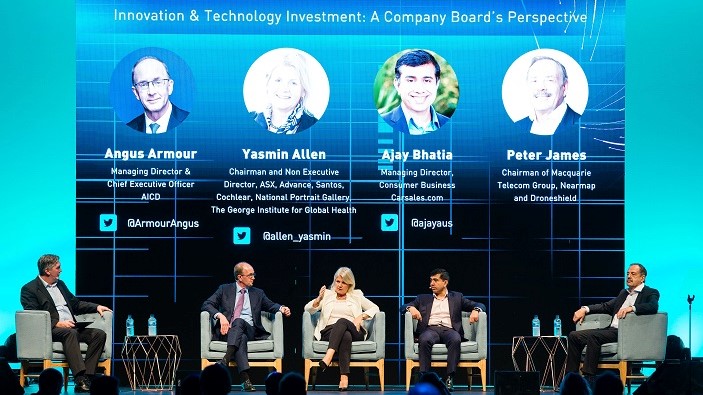A successful digital transformation project must involve an entire company led from the very top, not driven by a separate department, according to Carsales.com Managing Director, Consumer Business, Ajay Bhatia.
Speaking on a panel focusing on digital transformation and company boards at the recent ACS Reimagination 2018 thought leaders' summit in Melbourne, Bhatia said that effective technology change cannot come from a new department or team.
“The worst way to transform a company is to separate it,” Bhatia said on the panel.
“The change has to come from the top. A lot of transformational projects fail because of a lack of collaboration between teams.”
And digital transformation will fail unless everyone in the company, from the very bottom all the way up to the CEO and broad, are on board with it, Bhatia said.

Carsales.com MD Consumer Business, Ajay Bhatia. Photo: Kat Stanley Photography
“Transformation has to be led by the CEO. It is about people and culture and it has to be top down,” he said.
“It’s not good enough just being agile unless the CEO and the board also understand why you’re doing that.”
This is the most important thing Macquarie Telecom Group chairman Peter James looks for when someone pitches a major tech project to him.
“I want to see it signed off by all the executives, the whole team, not just the CIO,” James also told the panel. “Everyone is going to own it and be accountable for delivering it.”
The panel also discussed the importance of breaking down these major projects into achievable, smaller tasks rather than approaching it as a loft “moonshot” goal.
“Transformation happens in lots and lots of small steps,” James said.
“It’s a call to arms built upon lots of small steps. Then you wake up one day and see you’ve achieved something special.”
The ultimate moonshot aim of a tech project is effective to bring a team together, but this needs to be broken down to more manageable elements, Cochlear non-executive director Yasmine Allen said.

The panel discusses technology investment. Source: Kat Stanley Photography
“It’s a great idea to galvanise a whole team or company around a goal that’s big or out there, but that can be quite dangerous,” Allen told the panel. “You can’t have a different moonshot each year – if you fail at a moonshot then you’ve lost credibility as a management team.
“Companies that have performed very well have been incredibly good at aligning ‘where we’re going, a vision of a path that we can actually achieve’. Behind that is excellent execution.
“Then you look back and you’ve done all of this incremental execution and think that probably was a moonshot, but it’s more incremental than it is putting something out there that could be destabilising.”
A company needs to properly think about the risks of embarking on such a major tech transformation project too, Australian Institute of Company Directors CEO Angus Armour said.
“It’s about asking, ‘how can I manage that risk and make sure it isn’t a fatal risk for the firm?’,” Armour told the panel. “There are ways to do that, but that’s the platform we have to build on to begin with.”
It’s also about finding a balance between incremental innovation and disruptive innovation, Bhatia said.
“They’re equally important,” he said. “You can’t choose one or the other but you can relate one to the other. Innovation is a culture in an organisation, it’s not a department. It’s something you want everyone in an organisation to be doing.
“That gives confidence to the wider workforce that we can have a say, that we can build upon the small things we do on a daily basis and that leads to moonshots, too.”




.jpg)





